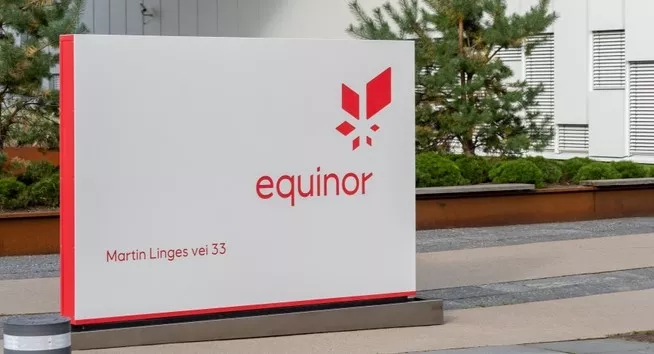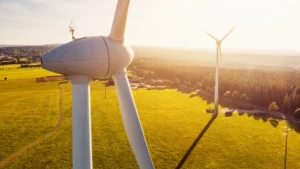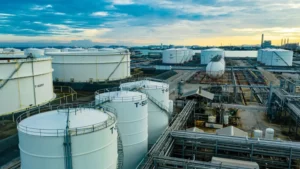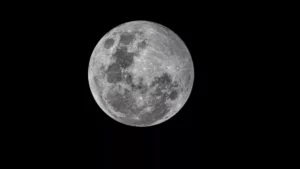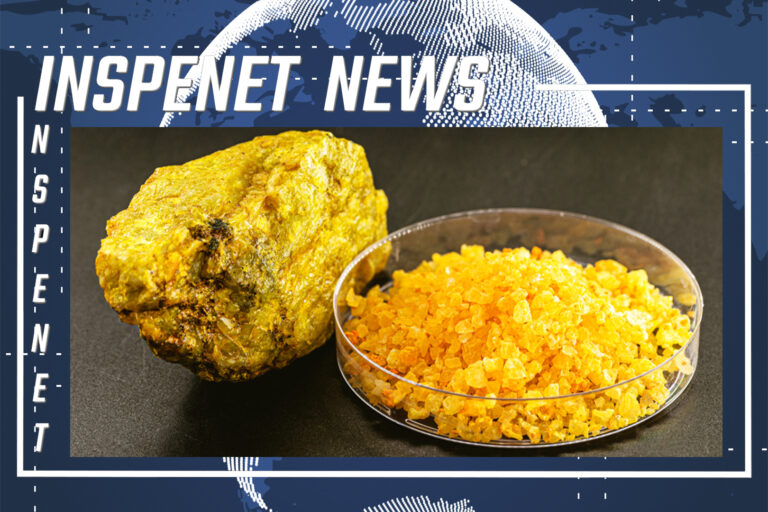Equinor has chosen Optime Subsea to supply two Remotely Operated Control Systems (ROCS) for the Irpa field development project. This agreement comes just three months after Equinor ordered a ROCS system for its Rosebank field, located west of Shetland, UK.
How does ROCS technology work?
Optime Subsea’s ROCS technology represents a significant innovation by eliminating the need to use a traditional umbilical, which connects the surface to the seabed to control the tubing hanger on subsea well completions, as well as the hydraulic control unit at the surface. This innovation not only reduces costs, but also reduces the space required on deck for these operations.
In addition, the implementation of ROCS offers safety, health and environmental (HSE) advantages by minimizing the need for personnel in the red zone of the platform. It also provides operational and economic benefits by installing and completing subsea wells faster. This innovative approach is especially valuable for deepwater fields such as Irpa.
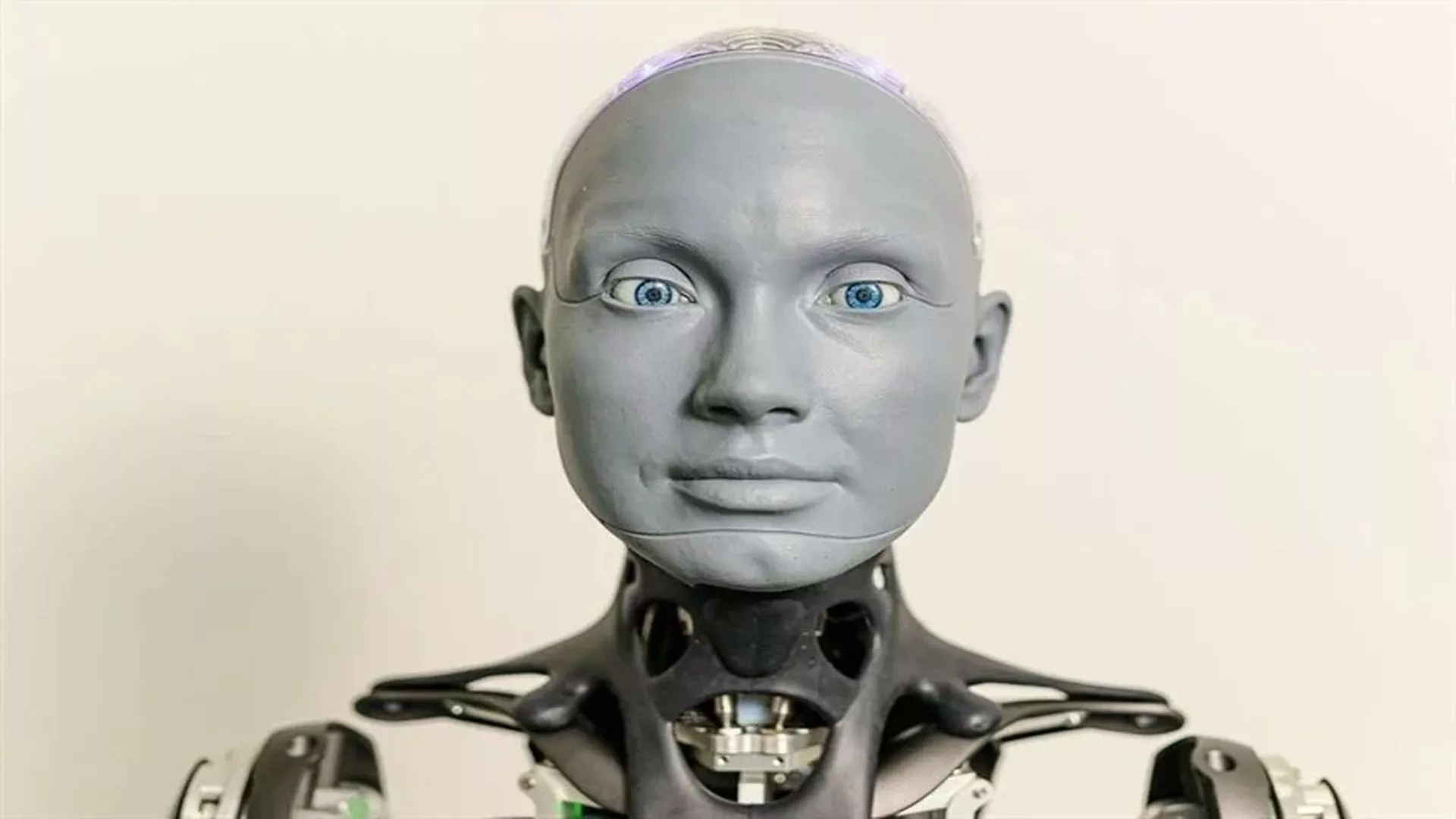
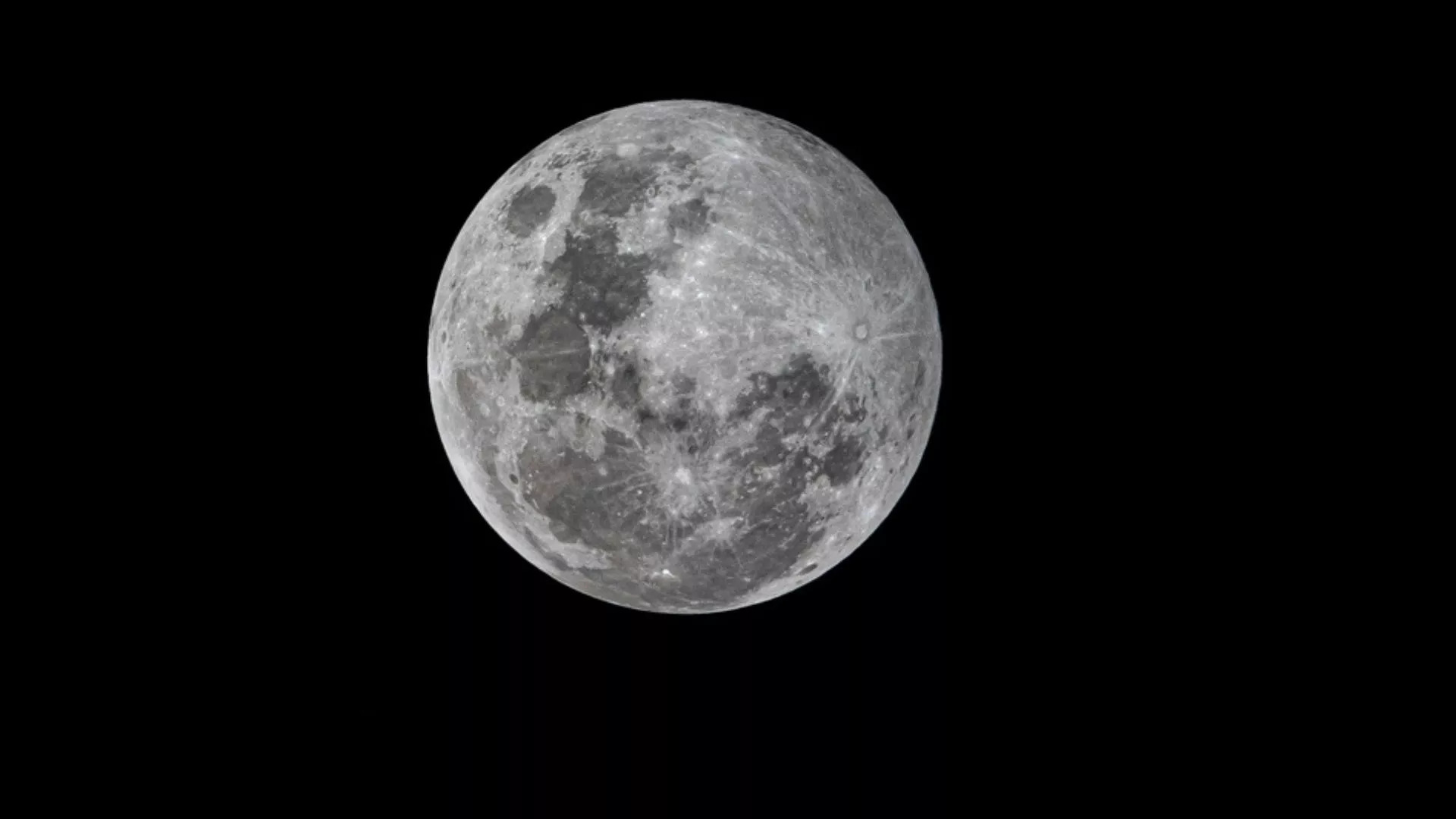


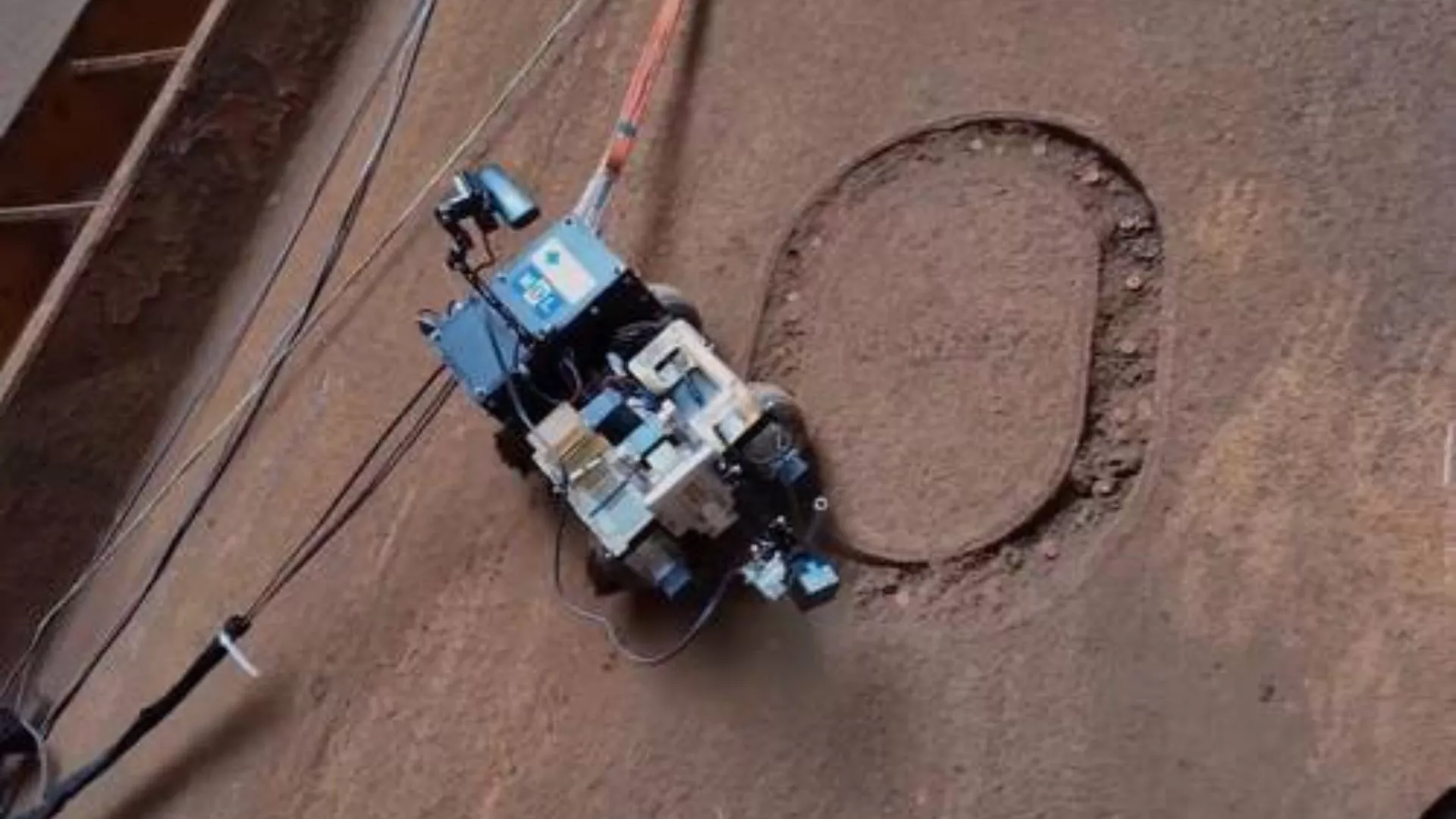
Jan-Fredrik Carlsen, CEO of Optime Subsea, notes that ROCS is starting to become the new standard for well completion operations thanks to its lower initial investment, operating costs and reduced environmental footprint compared to conventional systems.
The ROCS systems will be manufactured at Optime Subsea’s headquarters in Notodden, Norway and delivered to Equinor’s offshore base in Sandnessjøen, northern Norway, in 2025. The value of the contract has not been disclosed by Optime Subsea.
Equinor will use one of the systems for a well completion campaign in Irpa, planned for 2026, while the other will serve as a backup system. Irpa, formerly known as Asterix, is a gas field located at a depth of approximately 1350 m in the Norwegian Sea, 340 km off Bodø, northern Norway, and will be developed as a tie-back to the Aasta Hansteen FPSO.
Trond Løkka, Innovation Director of Optime Subsea, expresses his enthusiasm for this collaboration with Equinor and the opportunity to demonstrate the many benefits that ROCS will bring to the development of the Irpa field.
The partnership between Optime Subsea and Equinor for the use of ROCS in the Irpa field not only underscores the commitment to technological innovation in the hydrocarbon industry, but also highlights the focus on more efficient and sustainable operations. This project promises to be an example to follow in the search for greener and more efficient solutions for subsea field development.
Don’t miss any of our posts and follow us on social media!
Inspenet.com YouTube LinkedIn Facebook Instagram
Source: oilfieldtechnology.com
Photo: shutterstock



